Into Barbarism
The following is an edited transcript of remarks delivered by Jonathan Rosenbaum at High Concept Laboratories in Chicago on June 5, 2014. Mr. Rosenbaum and the other two panelists were asked to respond to The Point’s issue 8 editorial on the new humanities.
●
I’m the odd person out in this gathering because I’m not an academic, although I teach periodically in various, most often relatively unacademic, situations. And plus, I could be described as a failed academic. Before I came to Chicago I was teaching for four years at the University of California, Santa Barbara, but prior to that I actually began my failed academic career in the U.S. where Robert Pippin had his background, at UC San Diego. And in between I was an adjunct at NYU, at the School of Visual Arts, etc.
My academic background, actually, was in English. I was an English major as an undergraduate and in graduate school I did everything but a dissertation in English and American literature. But then I went to Europe and ended up being a journalist. And the reason why is that I had reached the point of alienation in graduate school where I was actually making a point of reading college outlines rather than the literary texts because I didn’t want them ruined — I wanted to read them in my own time, whereas what they needed in terms of my papers could better be fulfilled by reading the college outlines than by actually reading the texts. Read more
Written for Criterion’s laserdisc release of Parade and apparently posted on its web site (criterion.com) — at least if it had a web site that early — on March 31, 1991. — J.R.
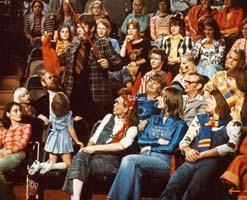
It seems incredible that it’s taken seventeen years for a film as truly great as Parade — Jacques Tati’s final work — to become available in the U.S., and that it’s reaching the public, for the first time, on laserdisc. But old habits die hard, including our biases about technology as well as spectacle. Tati was the first major filmmaker to shoot a feature in video, and he brought to this challenge the same sort of innovative craft that he brought to the movie — although the technical options available in video in 1973 were far from what they are today. He began by shooting with an audience at a circus in Sweden for three days, using four video cameras. Then, he spent 12 days in a studio reshooting portions of the stage acts on film.
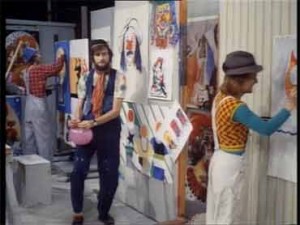
The first “gag” in Parade takes place in front of a theater and is so subtle it hardly qualifies as a gag at all. A teenager in line picks up a striped, cone-shaped road marker on the pavement and dons it like a dunce cap; his date laughs, finds another road marker, and does the same thing.
Read more
From the Chicago Reader (February 1, 1993). — J.R.
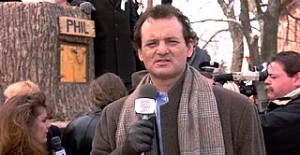
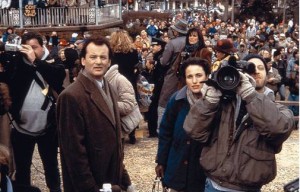
Bill Murray plays an obnoxious TV weatherman from Pittsburgh forced to relive the same wintry day in a small Pennsylvania town over and over again until he gets it right, in an unexpectedly graceful and well-organized comedy (1993) directed and cowritten by Harold Ramis. While the movie’s underlying message is basically A Christmas Carol strained through It’s a Wonderful Life — hardly a recommendation in my book — the filmmakers mercifully spare us the speeches and simply demonstrate their thesis; as they do they reveal their true virtue: a fluid sense of narrative that works the story’s theme-and-variations idea with a glancing and gliding touch. Considering that none of the characters is fresh or interesting, it’s a commendable achievement that the quality of the storytelling alone keeps the movie watchable and likable. With Andie MacDowell and Chris Elliott. PG, 103 min. (JR)
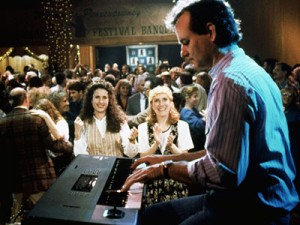
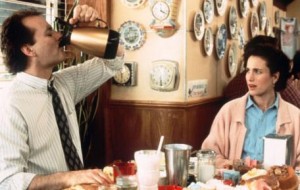 Read more
Read more






